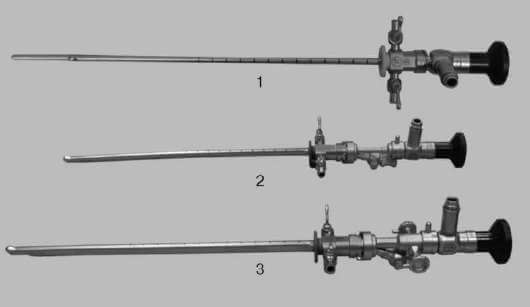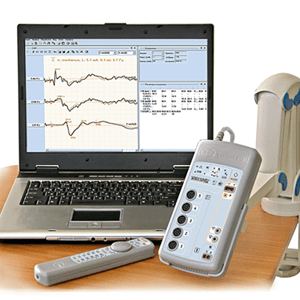Ovulation test
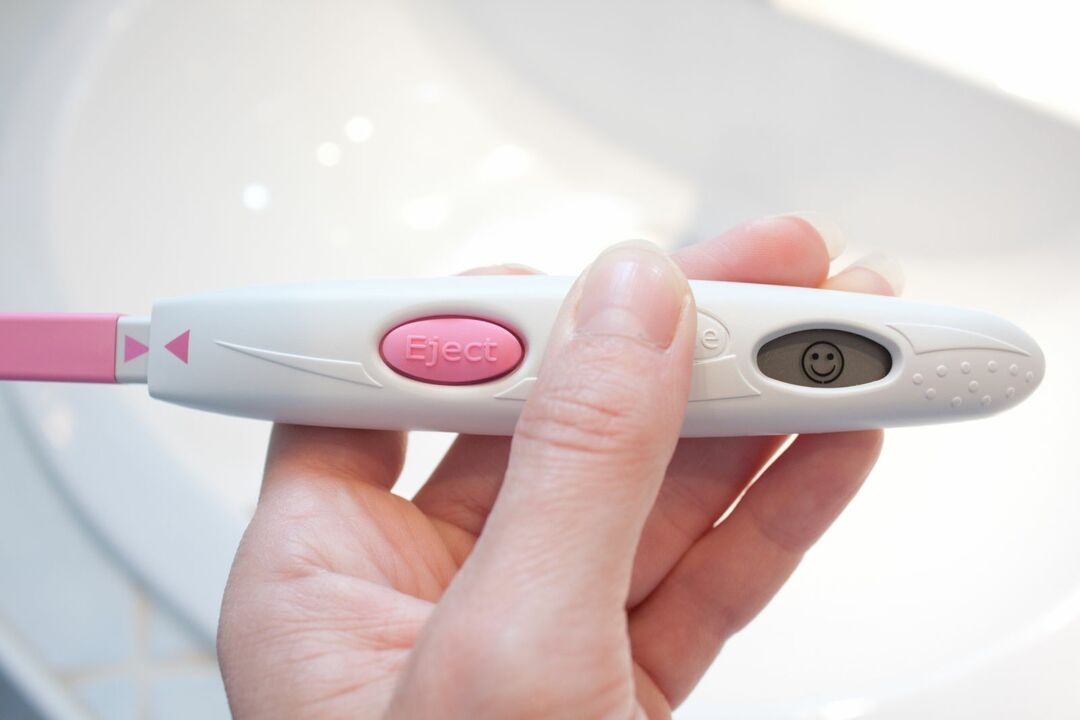
Ovulation is understood as the day when conception becomes possible.At this time, the egg ripens and leaves the ovary.After this, the female reproductive cell appears in the cavity of the uterine tube, where it can be fertilized by a sperm cell.Most women of fertile( childbearing) age know perfectly well that there are days when the probability of conception is especially high.
Table of contents:Methods for determining ovulation
Recommended reading:Determining the onset of ovulation is one of the most important methods of examination, which is used by a woman planning to become pregnant.
Important: should not use the ovulation determination method to prevent conception.Often, cases when ovulation occurs twice during the cycle or shifts not for several days.
The most reliable methods used to establish ovulation are:
- baseline temperature measurement( rectal);
- test for the level of hormones;
- ultrasonic monitoring.
How to measure the temperature for determining ovulation?
The basal temperature is determined by means of a rectal thermometer.The measurement is carried out repeatedly.To determine the time of release of the egg, a graph of basal temperature is made.It can be considered reliable if the indicator is measured strictly at the same time, after 6-7 hours of sleep, without getting out of bed, ie, when the body has not experienced any stress and the blood circulation is as stable as possible.Measurements for drawing up an individual schedule should be carried out for at least three consecutive cycles.
Why do I need a basal temperature chart
In women without pathologies in the second half of the cycle, the basal temperature increases, usually by 0.5 °.The relative increase in temperature persists until the onset of menstruation.However, just before the rise, the temperature decreases markedly - by 0.4-0.6 °.This decrease in temperature indicates the release of a mature egg and the maximum likelihood of pregnancy when contacting a partner.
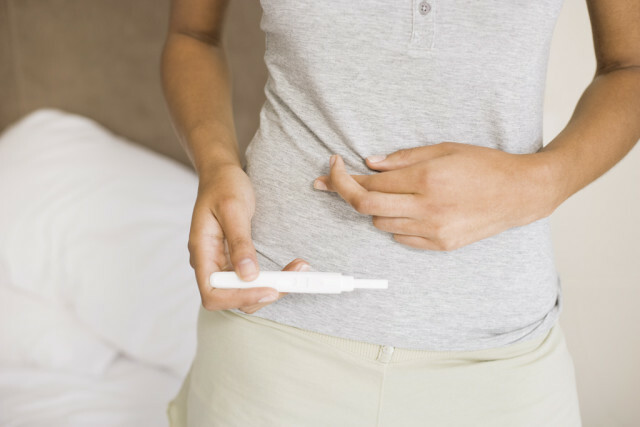 Note: during the whole cycle, the basal temperature can be maintained at approximately the same level.In this case we are talking about the anovulatory cycle.Conception in this case is impossible.
Note: during the whole cycle, the basal temperature can be maintained at approximately the same level.In this case we are talking about the anovulatory cycle.Conception in this case is impossible.
If the temperature drop after ovulation persists for less than 10 days, this indicates a decreased level of the hormone progesterone.Probability of conception exists, but small.
In the event that the basal temperature is increased more than 2 weeks, and the monthly ones do not come, then it is almost with 100% guarantee that you are pregnant!
Test for hormone level
In the middle of the second phase of the monthly cycle, a slight increase in the level of the hormone of progesterone may indicate that ovulation has occurred.As a rule, the elevated level of this hormone persists until the onset of menstruation.
The most informative is the determination of the level of luteinizing hormone( LH).It rises 28-36 hours before the release of the egg.When the ovulation has occurred, the LH level returns to normal.
 The level of a number of other hormones may indicate abnormalities from the female reproductive system.In particular, high testosterone levels can cause ovulation and cycle failures;They are significantly exceeded against the background of polycystosis, with adrenogenital syndrome and adrenal dysfunction.Thyroxine and triiodothyronine( thyroid hormones), as well as prolactin( synthesized in the pituitary gland) can also cause anovulation.
The level of a number of other hormones may indicate abnormalities from the female reproductive system.In particular, high testosterone levels can cause ovulation and cycle failures;They are significantly exceeded against the background of polycystosis, with adrenogenital syndrome and adrenal dysfunction.Thyroxine and triiodothyronine( thyroid hormones), as well as prolactin( synthesized in the pituitary gland) can also cause anovulation.
The fact that the cycle proceeds without ovulation, often indicates an insufficiently high level of estrogen( female sex hormones).A low level of estrogen is characteristic of infantilism.
Ultrasound monitoring
Ultrasound is considered the most innovative and most informative method for determining ovulation.

What can you see on ultrasound?
The sign of the exit of a mature egg is the appearance of a follicle, larger in size, and then its disappearance.The output of the so-called.The dominant follicle is realized when it reaches 18-20 mm in diameter.Immediately after ovulation in its place, ultrasound can see the gap, and then the formation of the yellow body and the formation of fluid in the space behind the uterus.
When is ultrasound performed?
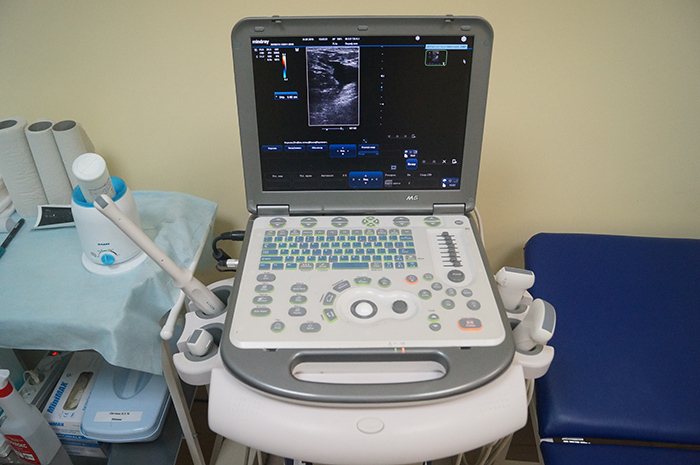 If a woman has a regular cycle, then it is advisable to carry out a study on an apparatus generating ultrahigh frequency waves 2-3 before the probable release of the oocyte, and then a day after ovulation.
If a woman has a regular cycle, then it is advisable to carry out a study on an apparatus generating ultrahigh frequency waves 2-3 before the probable release of the oocyte, and then a day after ovulation.
If the cycle in a woman is unstable, then from the 10th day, ultrasound is done at intervals of 2-3 days.
Note: The ultrasound test provides an opportunity to evaluate the possibility of implantation of the fetal egg, as well as to determine the state of the uterine endometrium and the cyclic changes in it.
Normal values:
- the basal temperature chart is stable;Periodic changes are not observed;
- the hormonal level is within the limits of normal( reference) values;
- outside ovulation on ultrasound does not determine the presence of a dominant( largest) follicle.
Plisov Vladimir, medical reviewer

